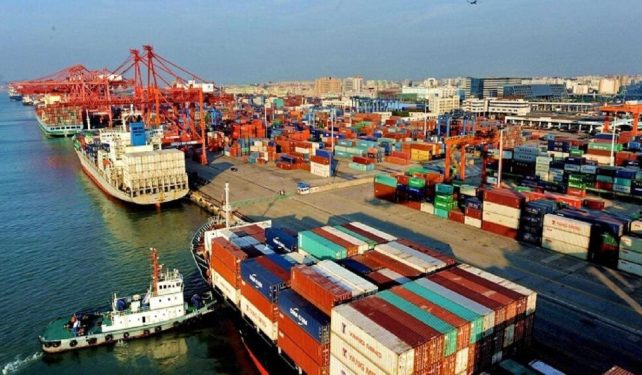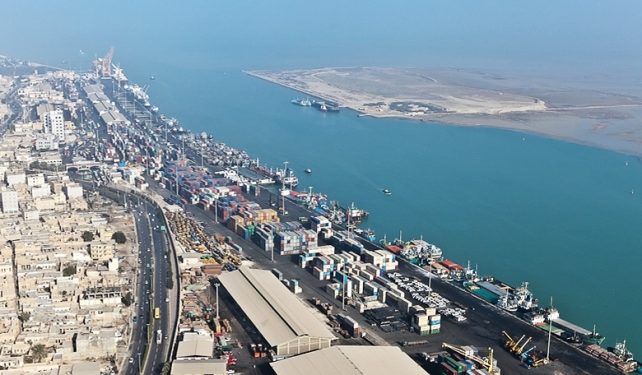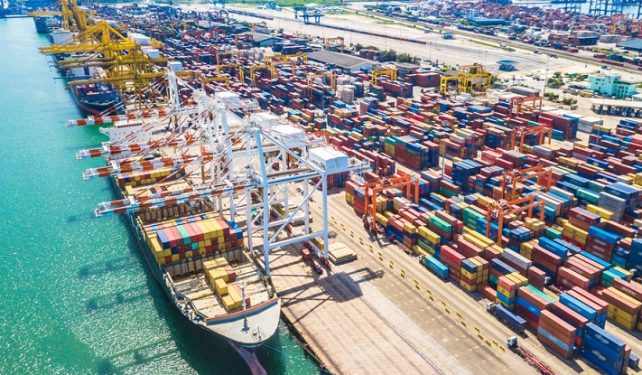Maritime & Port Services in Iran
Iran’s maritime and port services play a vital role in global trade, handling cargo operations, passenger transport, and maritime logistics. With strategic investments in infrastructure and workforce development, Iran aims to strengthen its position as a regional maritime hub.
- Recent Developments in Iran’s Ports & Shipping
Cargo Handling & Unloading
✔ 107 million tons of cargo handled since the beginning of the year.
✔ Iran’s fleet ranks 17th globally, with over 13,000 registered ships.
✔ 53,000+ ships entered and departed safely from Iranian ports.
Passenger Services
✔ 7.5 million sea passengers transported this year, reflecting growing maritime tourism.
✔ Bandar Abbas is set to become Iran’s largest sea passenger hub, with new tourism-focused ports, including:
* Nakhel Nakhda
* Shahid Haqqani
* Hormuz ports
Advanced Fleet Operations
✔ Iran has modernized its service fleet, including dredging and towing vessels, ensuring safe maritime traffic.
Port Infrastructure & Development
✔ 62 port projects completed since the beginning of the year.
✔ Electronic monitoring systems installed to enhance maritime surveillance and navigation.
- Challenges in Iran’s Maritime Sector
Shortage of Naval Manpower
✔ 53,000 ship movements annually demand a skilled workforce, but Iran faces a shortage of trained seafarers.
✔ Despite having five maritime universities, the cost of training future sailors ($10,000 per student) poses a long-term challenge.
National Fleet Capacity & Sanctions
✔ Iran’s fleet has a 30-million-ton capacity, but sanctions force some vessels to operate under foreign flags.
✔ The Ports Organization oversees 50+ maritime regulations and conventions, ensuring compliance and coastal development.
- Conclusion & Future Outlook
Iran’s port and maritime services are crucial for economic growth, trade, and tourism. While investments in infrastructure and fleet expansion continue, addressing workforce shortages and sanctions-related challenges is key to long-term sustainability. Strategic partnerships, modern training programs, and technological advancements will further strengthen Iran’s maritime capabilities and its role in global shipping and travel.




